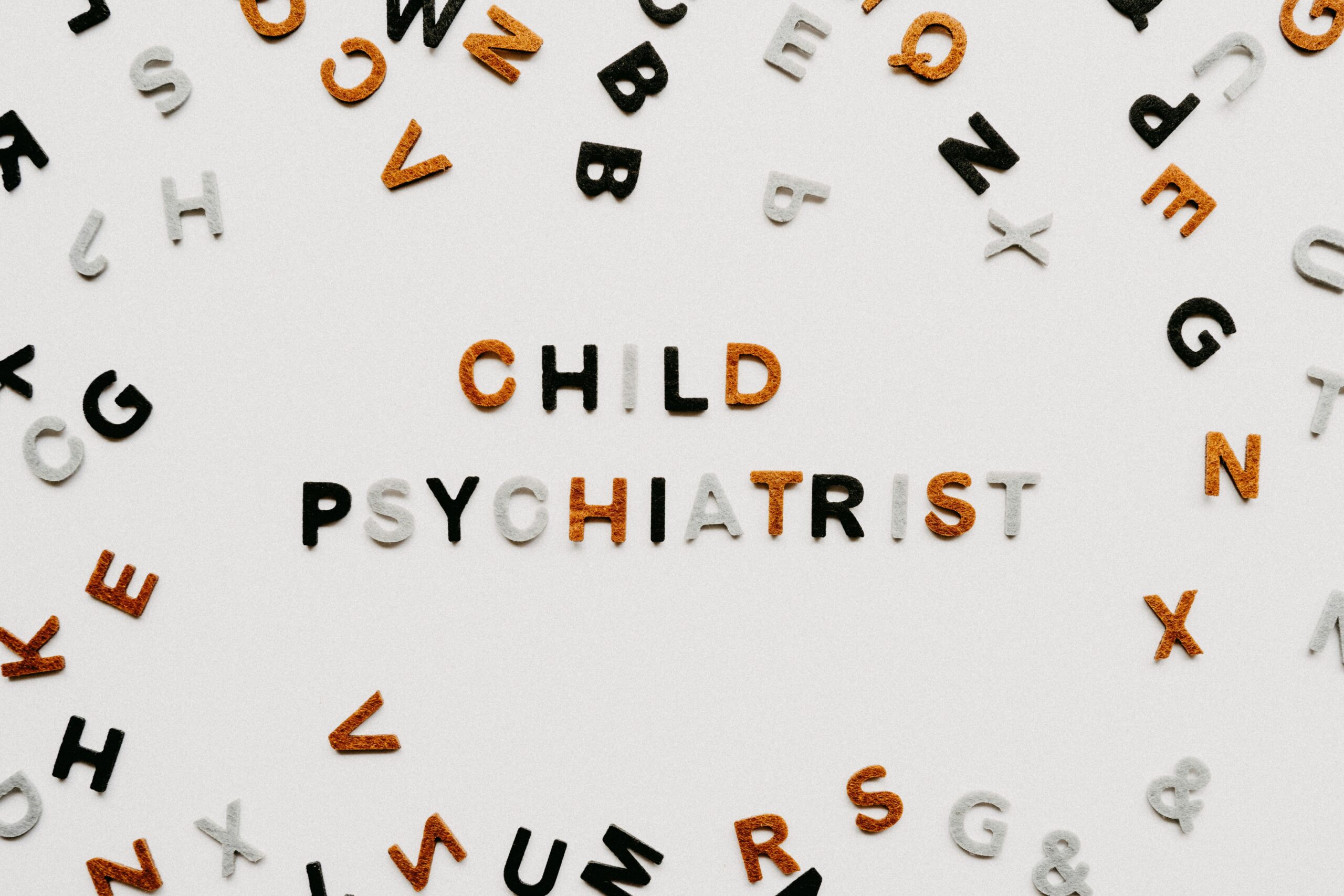Childhood is often painted as a time of innocence and discovery, but for many, those early years can be shadowed by trauma that leaves invisible marks. While the immediate impact of childhood adversity is widely recognized, its hidden long-term effects remain a puzzle that researchers and survivors alike are eager to solve. What happens when the echoes of early pain quietly shape adult lives—sometimes in unexpected ways? Join me as we delve into the fascinating and complex world of childhood trauma, uncovering how it can influence our health, relationships, and well-being decades down the road. Together, we’ll explore the science, stories, and surprising insights that reveal just how deep these early wounds can go.
Table of Contents
- Understanding the Silent Impact Childhood Trauma Leaves on Adult Mental Health
- Exploring How Early Adversity Shapes Brain Development and Emotional Resilience
- Unveiling the Link Between Childhood Trauma and Chronic Physical Illness
- Practical Strategies for Healing and Breaking the Cycle of Trauma in Everyday Life
- In Conclusion
Understanding the Silent Impact Childhood Trauma Leaves on Adult Mental Health
Childhood trauma often leaves behind more than just scars visible to the naked eye. While the immediate effects might be more apparent, such as anxiety or disruptions in behavior, it’s the hidden emotional and psychological imprints that profoundly shape adult mental health. These silent reverberations manifest in unexpected ways, from chronic feelings of emptiness and mistrust to struggles with intimacy and self-worth. Often, individuals find themselves caught in a loop of emotions and responses they can’t fully explain, unaware that these are echoes of their early experiences. Understanding the complexity of these long-term effects reveals how adaptive survival mechanisms from childhood can become barriers to well-being later in life.
Several key factors contribute to these lingering impacts, transforming early adversity into adult challenges:
- Neurobiological shifts: Trauma rewires stress responses, affecting emotional regulation and decision-making.
- Attachment disruptions: Early trauma distorts the foundation of trust and connection, which can carry into relationships.
- Cognitive distortions: Negative beliefs about oneself and the world become internalized narratives.
- Diminished resilience: Repeated trauma depletes coping resources, leading to vulnerability in adulthood.
Exploring these layers offers a window into the often overlooked journey many undertake to heal and reclaim their mental health.
Exploring How Early Adversity Shapes Brain Development and Emotional Resilience
Childhood adversity, such as neglect, abuse, or household dysfunction, imprints itself deeply on the brain’s architecture during critical periods of growth. Research reveals that these early experiences can alter the development of key regions like the amygdala, hippocampus, and prefrontal cortex, which are vital for processing emotions, memory, and executive function. These changes don’t just influence behavior in childhood—they ripple across a lifetime, shaping how individuals manage stress, form relationships, and respond to challenges. The brain’s remarkable plasticity means that early hardships may prime some neural pathways to be more sensitive, leading to heightened emotional reactivity or difficulty regulating mood.
Yet, within this complex interplay lies a fascinating potential for resilience. Factors that can nurture emotional strength despite a rocky start include:
- Supportive relationships that provide stability and trust
- Positive coping strategies learned through experience or intervention
- Safe environments that encourage exploration and self-expression
Understanding how adversity shapes the brain illuminates pathways for healing and empowerment. It invites us to rethink trauma, not only as damage but as a powerful influence that, with the right resources and care, can be redirected toward growth and resilience.
Unveiling the Link Between Childhood Trauma and Chronic Physical Illness
Recent studies shed light on how early adverse experiences can quietly anchor themselves into our bodies, setting the stage for a host of chronic physical conditions. Childhood trauma doesn’t just leave emotional scars—it rewires our biological systems. When faced with prolonged stress during formative years, the body’s stress response system becomes overactivated, potentially leading to inflammation and immune dysregulation that persist well into adulthood. This intricate dance between the mind and body reveals why individuals with traumatic childhoods are statistically more prone to illnesses like cardiovascular disease, diabetes, and autoimmune disorders.
What makes this connection even more compelling is how these effects manifest through a multifaceted pathway. The wear and tear from continuous stress hormones can alter DNA expression, affect pain perception, and even disrupt metabolic processes. Understanding these nuanced mechanisms opens doors to targeted interventions. Some key factors fueling this link include:
- Chronic inflammation: a silent but damaging response that undermines organ function
- Altered neuroendocrine function: affecting hormone balance and stress resilience
- Behavioral influences: such as increased risk of unhealthy coping through smoking, poor diet, or inactivity
Practical Strategies for Healing and Breaking the Cycle of Trauma in Everyday Life
Healing from childhood trauma begins with small, intentional steps that prioritize self-awareness and emotional safety. Developing a daily practice of grounding techniques—such as mindful breathing, journaling, or sensory engagement—can create a foundation of calm amidst emotional upheaval. Recognizing triggers without judgment empowers individuals to respond thoughtfully rather than react impulsively, gradually rewiring the brain’s conditioned responses. Embracing vulnerability through trusted relationships or therapy further dissolves isolation, allowing the wounded parts of the self to be acknowledged and held with compassion.
Breaking the cycle of trauma is an evolving journey that thrives on consistent, supportive habits. Implementing simple routines like regular physical movement, creative expression, or time in nature helps repair the nervous system’s resilience. Creating boundaries to safeguard mental and emotional well-being is equally crucial, signaling to others—and oneself—that self-care is non-negotiable. Consider integrating these strategies into everyday life:
- Setting aside 5–10 minutes daily for mindful meditation
- Writing unsent letters to process difficult emotions
- Designating a ‘comfort corner’ in your home filled with soothing objects
- Learning and practicing assertive communication techniques
Each step, no matter how modest, weaves a new narrative of strength and healing that honors the past without being confined by it.
In Conclusion
As we continue to explore the intricate ways childhood trauma shapes our lives, it becomes clear that the journey to healing is both complex and deeply personal. The hidden long-term effects may linger beneath the surface, influencing our choices, relationships, and sense of self in ways we often don’t realize. By shining a light on these unseen ripples, we open the door to greater understanding, compassion, and ultimately, hope. So, what other mysteries about our past might still be waiting to reveal themselves? The exploration is just beginning—and the insights we uncover could transform not only how we view trauma but how we nurture resilience and growth in the years to come.











